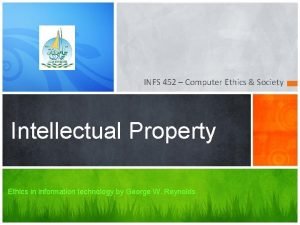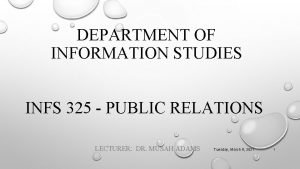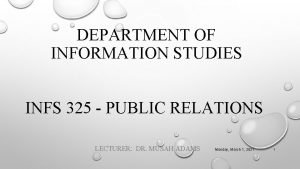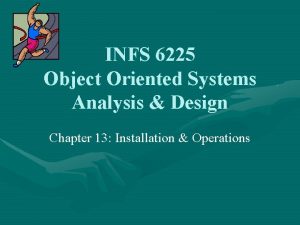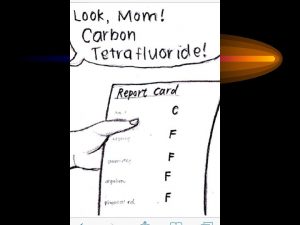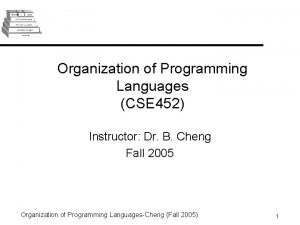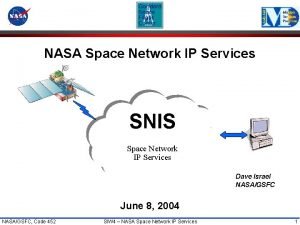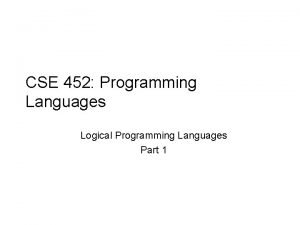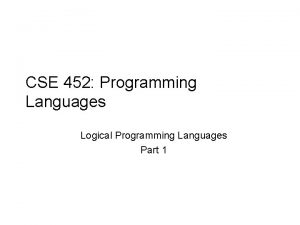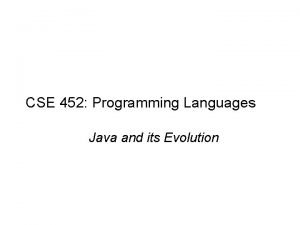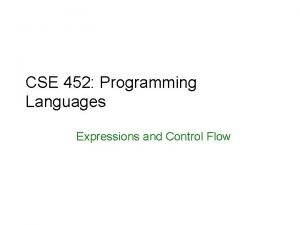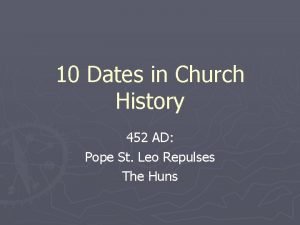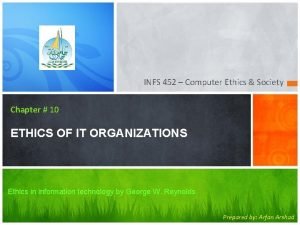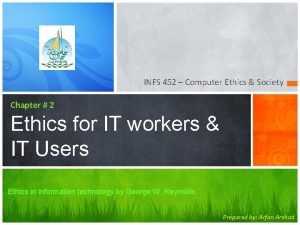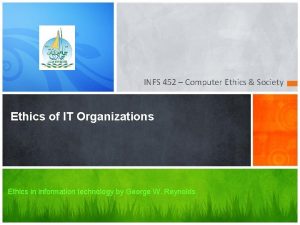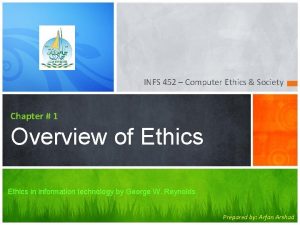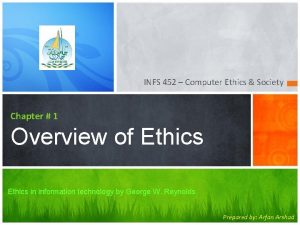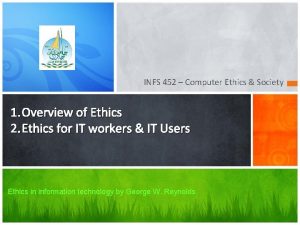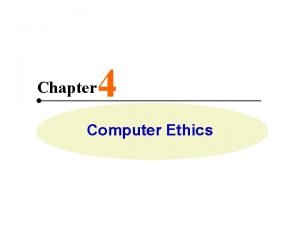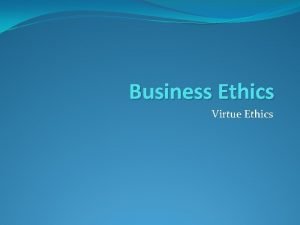INFS 452 Computer Ethics Society Chapter 6 Intellectual















- Slides: 15

INFS 452 – Computer Ethics & Society Chapter # 6 Intellectual Property Ethics in information technology by George W. Reynolds Prepared by: Arfan Arshad

WHAT IS INTELLECTUAL PROPERTY? • Intellectual property is a term used to describe works of the mind—such as art, books, films, formulas, inventions, music, and processes—that are distinct, and owned or created by a single person or group. Intellectual property is protected through copyright, patent, and trade secret laws.

COPYRIGHTS • A copyright is the exclusive right to distribute, display, perform, or reproduce an original work in copies or to prepare derivative works based on the work. • Copyright protection is granted to the creators of “original works of authorship in any tangible medium of expression, now known or later developed, from which they can be perceived, reproduced, or otherwise communicated, either directly or with the aid of a machine or device.

Copyright infringement • Copyright infringement is a violation of the rights secured by the owner of a copyright. • Infringement occurs when someone copies a substantial and material part of another’s copyrighted work without permission.

Eligible Works • The types of work that can be copyrighted include architecture, art, audio-visual works, choreography, drama, graphics, literature, motion pictures, music, pantomimes, pictures, sculptures, sound recordings, and other intellectual works.

Fair Use Doctrine • The fair use doctrine allows portions of copyrighted materials to be used without permission under certain circumstances. • Software Copyright Protection • To prove infringement, the copyright holder must show a striking resemblance between its software and the new software that could be explained only by copying.

PATENTS • A patent is a grant of a property right issued by the United States Patent and Trademark Office (USPTO) to an inventor. • A patent permits owner to exclude the public from making, using, or selling a protected invention, and it allows for legal action against violators.

Patent infringement • Patent infringement, or the violation of the rights secured by the owner of a patent, occurs when someone makes unauthorized use of another’s patent. • Unlike copyright infringement, there is no specified limit to the monetary penalty if patent infringement is found.

Continued…. • Software Patents • A software patent claims as its invention some feature or process embodied in instructions executed by a computer. • Software Cross-Licensing Agreements • Many large software companies have cross-licensing agreements in which each party agrees not to sue the other over patent infringements.

TRADE SECRETS • A trade secret is defined as business information that represents something of economic value, has required effort or cost to develop, has some degree of uniqueness or novelty, is generally unknown to the public, and is kept confidential.

Employees and Trade Secrets • Employees are the greatest threat to the loss of company trade secrets—they might accidentally disclose trade secrets or steal them for monetary gain. • Organizations must educate employees about the importance of maintaining the secrecy of corporate information. • Trade secret information should be labeled clearly as confidential and should only be accessible by a limited number of people. • Most organizations have strict policies regarding nondisclosure of corporate information.

KEY INTELLECTUAL PROPERTY ISSUES • Plagiarism is the act of stealing someone’s ideas or words and passing them off as one’s own. • Reverse Engineering • Reverse engineering is the process of taking something apart in order to understand it, build a copy of it, or improve it.

Continued……. • Open Source Code • Open source code is any program whose source code is made available for use or modification, as users or other developers see fit. • Competitive Intelligence • Competitive intelligence is legally obtained information that is gathered to help a company gain an advantage over its rivals.

Continued…. . • Cyber squatting • Cyber-squatters registered domain names for famous trademarks or company names to which they had no connection, with the hope that the trademark’s owner would eventually buy the domain name for a large sum of money. • A trademark is a logo, package design, phrase, sound, or word that enables a consumer to differentiate one company’s products from another’s.

Question & Answer Session
